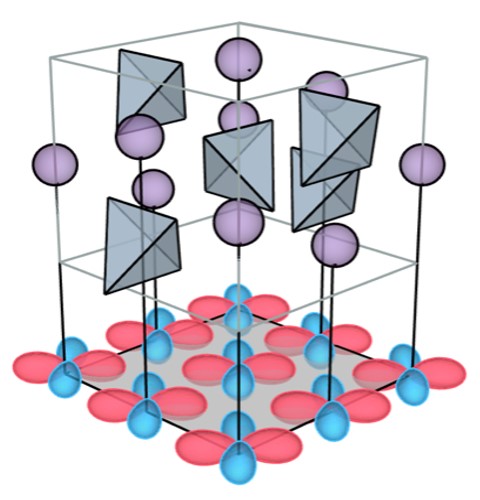 Ferroquadrupole order, in which local atomic sites develop identically-oriented spontaneous quadrupole moments, provides a specific realization of electronic nematic order. Materials that harbor quadrupolar order can therefore provide deep insights to open questions about the roles played by nematic fluctuations in a wide range of strongly correlated quantum materials, including effects arising from interactions with the lattice, with conduction electrons, and with the disorder that is implicit in chemically-substituted materials. By identifying suitable longitudinal and transverse effective fields for such quadrupole ordered states, we can measure the quadrupole susceptibility, and, via application of the transverse fields, drive such systems through a quantum phase transition. The divergence of the quadrupole strain susceptibility also provides possibilities for interesting applications. Figure illustrates the crystal structure of TmVO4, an architypal material that undergoes such a ferroquadrupolar phase transition. The Tm ions (purple spheres) develop a spontaneous quadrupole moment (projected onto basal plane) below 2.15 K. (Figure courtesy Yuntian Li.) |
||||||
| Publications | ||||||
| Key publications: | ||||||
Additional publications: |
| PhD Theses |
|
Back to home page |
|
|
| Fisher Research Group Geballe Laboratory for Advanced Materials Dept. of Applied Physics Stanford University CA 94305-4045 |
Last Updated: Nov 24th 2024 |